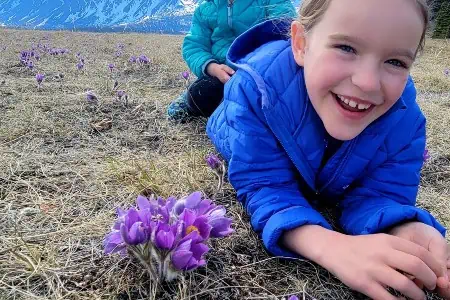With frost nipping at our gardens, if it hasn’t already nipped in your area, I’ve been asked numerous times on the proper way to overwinter geraniums. Of all the outdoor summer blooms, geraniums can probably make the transition most successfully by using one of the two methods I have tried. Both work.
The geraniums that we grow in our area are of the genus Pelargonium. This includes the traditional zonal (cutting) geraniums as well as the scented and ivy varieties.
Regal geraniums, which include Martha Washington varieties, need special attention both during the growing season and during winter. Overwintering regal geraniums, in the house, requires a cool (10- to 16-degree) room.
Often people ask me about storing plants in the basement, and success depends upon the length of time you plan to do this, the warmth of your basement and the humidity of the basement.
In the olden days, when people had root cellars where vegetables were stored or when cellars were cooler, this method of overwintering was fine, but today’s basements are too warm and too dry.
The length of time also plays a factor: it does not work to put plants in a basement or cold garage in September and expect them to be fine in March.
I have had good luck by leaving geraniums in the container they were grown in or re-potting them into smaller container and bringing them into the house before the frost. I would keep the geraniums and enjoy them as houseplants until sometime toward the end of October.
At that time, I would move the plants into a cool basement, water them and give them as much light as possible. My basement, at the time, had a small ground-floor window, and I placed the geraniums as close as possible to the window.
The temperature of that section of the cellar was hovering at about 5 to 9 degrees. Then it was a matter of checking the plants, monthly, for water. I kept the plants on the dry side, but did not completely dry them out.
Some plants needed water every month, others every six to seven weeks. Toward the end of February, with the increase in sunlight, I moved the plants into a room in the main part of the house and eventually into the greenhouse with the other seedlings.
I have overwintered geraniums by simply keeping them growing. They do well in a cool room with lots of light. Wintering the plants is stressful; therefore, choose plants that are healthy.
If the plants are tall and unruly, trim them back just a little. Water them thoroughly when you first bring them in but, from then on, keep the geraniums relatively dry compared to most plants.
A last method for overwintering plants is to take cuttings instead of bringing the whole plant indoors. A cutting is simply a piece of the mother plant. Cutting off the last five inches of a branch is called a tip cutting, which is the best to use for overwintering. Remove any flower buds that may be on the cutting and place the cuttings two inches deep in small pots filled with potting soil. Then cover the pots and plant with a clear plastic bag. This creates a micro climate around the cutting and aids in the rooting process.
The potting soil should be evenly moist and, after three or four weeks, the cuttings should have developed strong roots. Once they have rooted, remove the plastic and give the plants lots of light.
Supplemental fluorescent lighting may be necessary at this stage; otherwise, the plants will get tall and spindly. Fertilize monthly, but remember that geraniums like it on the dry side and, by spring, given enough light, geraniums will develop into well-branched, strong plants.
Ingrid Wilcox operates Lubbock Garden and Floral Consultant and offers gardening, greenhouse and flower-arranging workshops. Contact her at [email protected].




